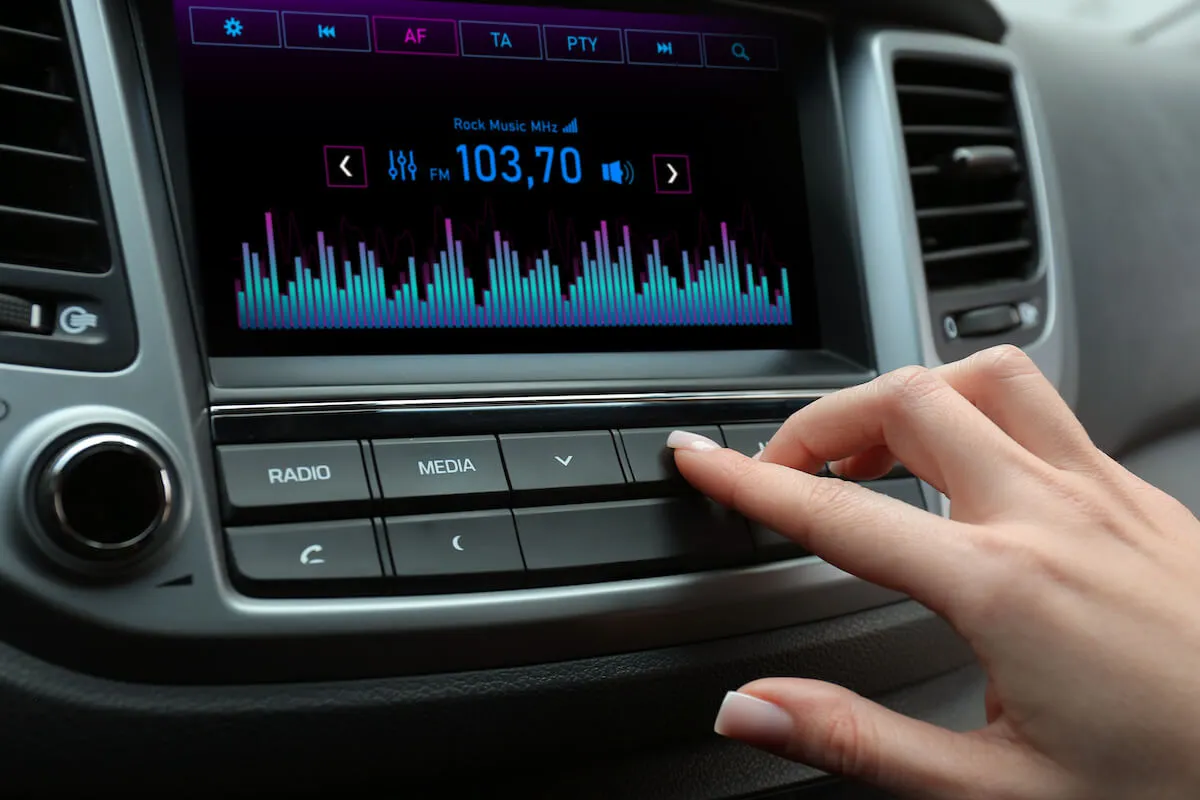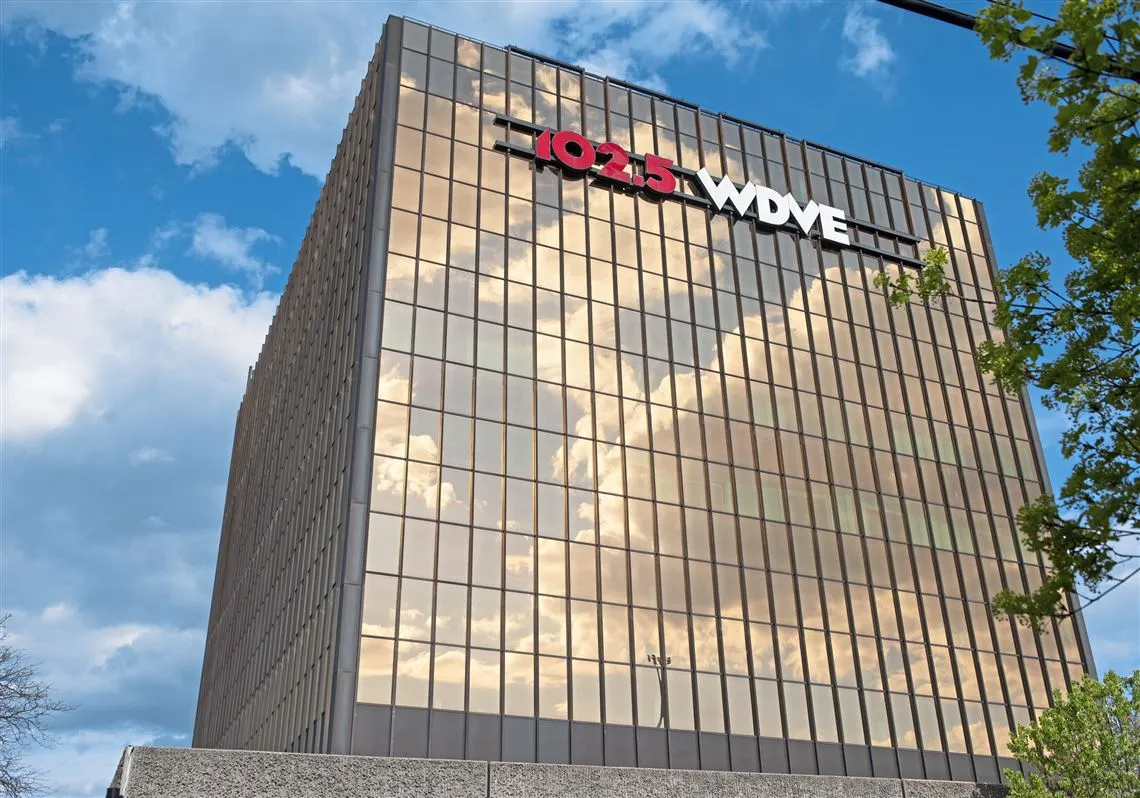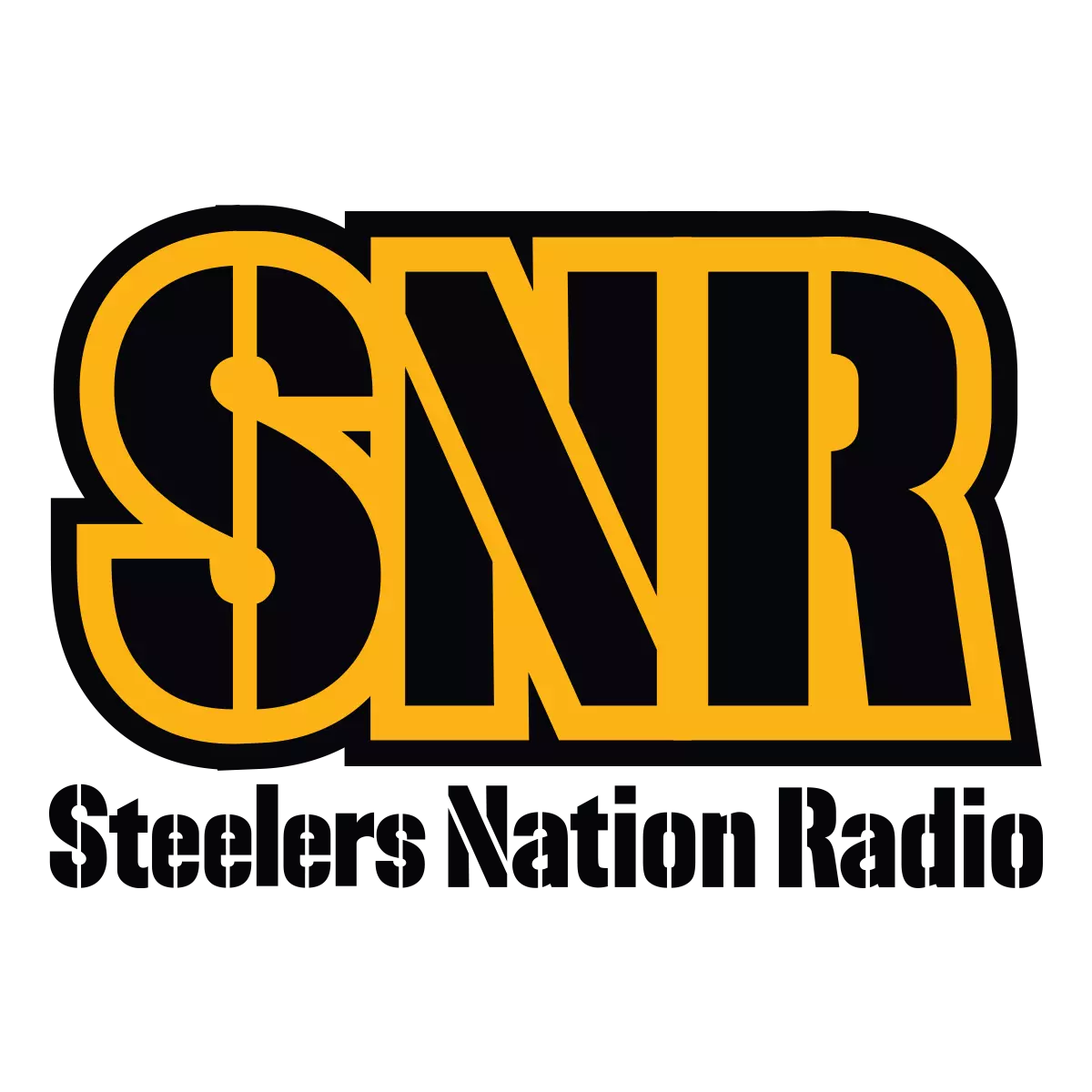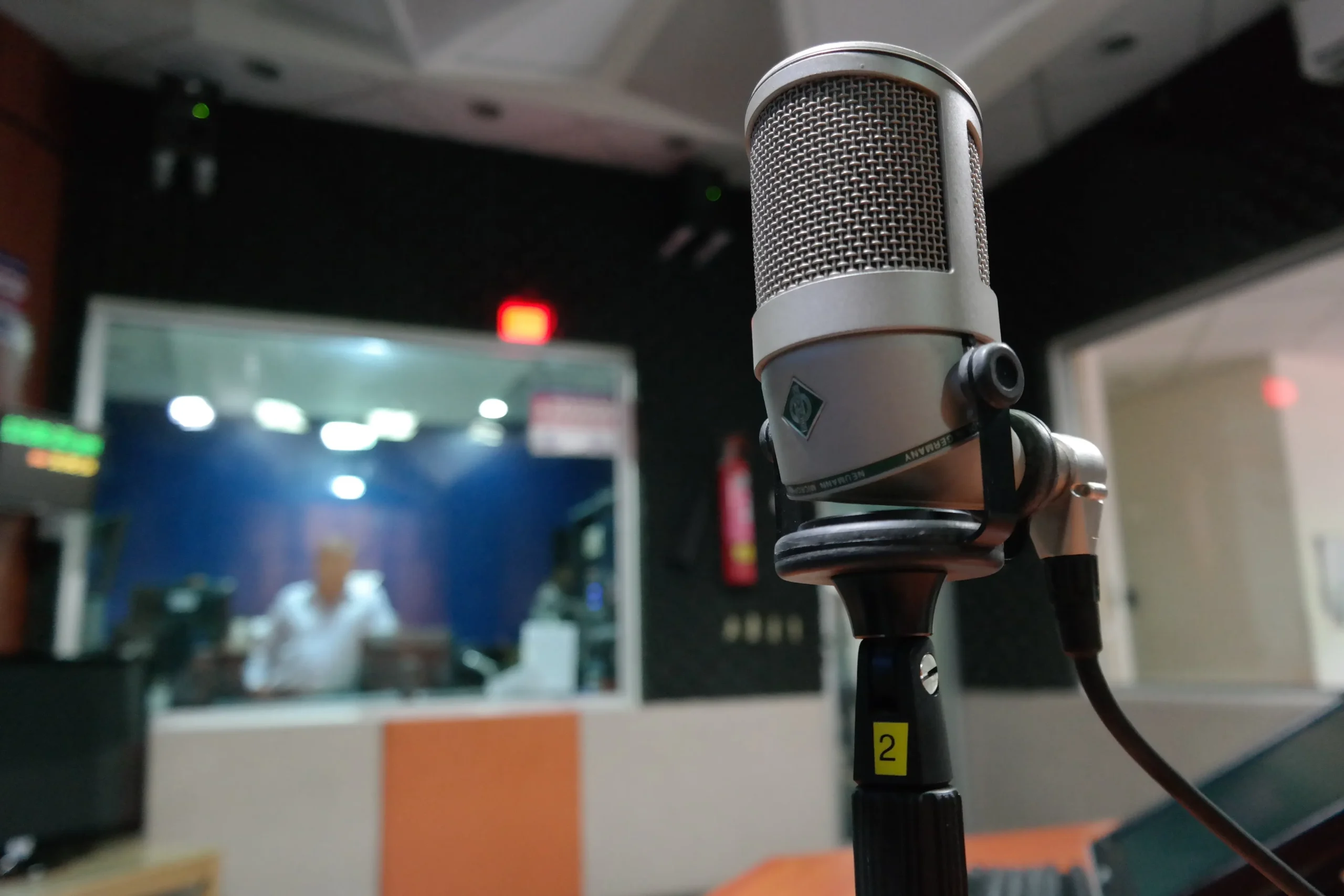In the ever-evolving advertising landscape, businesses are faced with options on how to connect with their audience. While many have resorted to digital advertising, one must not underestimate the power of traditional marketing, including radio advertising, that still wields significant influence.
Radio advertising, just like other forms of advertising, comes with its pros and cons. Let’s look at some radio advertising advantages and disadvantages and see how you can use radio advertising to help you achieve your marketing goals.
The Popularity of Radio Advertising with Nartak Media Group
Radio advertising in the U.S. took root in the 1920s and has navigated various phases. The 1950s marked a golden age with the surge of sponsorship and advertiser engagement in radio broadcasting. The 1960s witnessed a decline as television gained dominance, and the 1990s and 2000s saw challenges with the emergence of internet platforms. Despite these shifts, radio remains influential, reaching around 90% of the population weekly.

At Nartak Media Group, we bring extensive experience to the realm of radio advertising. Our track record includes working with numerous clients and creating impactful radio commercials that maximize efficiency on a minimal budget. Explore our portfolio to see some of our successful past projects.
Advantages of Radio Advertising
1. Wide Reach
Radio holds a unique advantage when it comes to accessibility and portability. For example, it can reach audiences in places where television typically cannot, such as in cars or at the beach. Its audio-centric nature allows consumers to absorb messages without the need for a visual element, making it particularly convenient during activities like driving.
Beyond its broad reach, radio advertising proves influential in enhancing brand awareness, potentially boosting it by 18-50%. This highlights the significant impact radio can have on your search and website traffic.
2. Cost-Effective
Another notable advantage of radio advertising lies in its cost-effectiveness, particularly when compared to its counterparts like broadcast television. This affordability makes radio an attractive option, especially for businesses with budget constraints or smaller enterprises. It provides them with a strategic advantage, allowing them to maximize their advertising budget, achieve widespread exposure, and enhance brand awareness.

3. Flexibility and Speed
Creating a radio ad is typically faster than other mediums, although some advance notice is needed for message changes. Nevertheless, the speed of radio production is still quicker than other advertising formats.
Additionally, advertisers can easily select the time slots to target their desired audience precisely. For instance, if commuters are your target, morning and afternoon are the ideal times to broadcast your ads. The strategic use of timing ensures you get your message across to your intended audience.
4. Local Targeting
Whether you are a local business or a national brand, radio provides a platform that can cater to both local and national advertising needs.
Local radio stations are effective in building strong connections between businesses and their communities. As listeners become regulars, a unique sense of loyalty develops toward their preferred radio station. This loyalty goes beyond just listening — the audience builds connections with the personalities and content of their favorite station. Thus, radio serves as a unique platform that can foster strong and lasting relationships with their audiences.

5. Memorable and Engaging
Radio is often referred to as the “theater of the mind” because it encourages the listeners to visualize the message and create mental images. This unique aspect of radio enhances engagement and contributes to the memorability of the advertising experience.
Moreover, the repetitive nature of radio advertising can increase brand recognition and recall. Consistent brand exposure leaves a lasting imprint in the minds of listeners and increases the likelihood that they will remember and consider the advertised product or service.
Disadvantages of Radio Advertising
1. Absence of Visual Element
Unlike television or online platforms, radio lacks a visual component. It relies solely on auditory stimulation. This limitation may affect the effectiveness of advertising, particularly for products or services that heavily depend on visual appeal.
2. Fleeting Nature
Messages on the radio broadcast only last as long as the ads play. In contrast to print or online advertising, listeners cannot revisit or analyze messages at their own pace. This can pose challenges for comprehension and retention. The solution lies in crafting a message that is both succinct and impactful, as emphasized earlier.

3. Over Saturation
Advertisers often concentrate their ads during peak times, creating a situation of oversaturation. This can result in listener fatigue, reducing their attention to incoming messages. To overcome this challenge, it becomes crucial to stand out by delivering memorable content that leaves a lasting impact on the audience.
4. Limited Measurement Tools
Unlike digital advertising, where clicks and conversions are easily trackable, radio, being an audio-based medium, poses inherent challenges in tracking audience interactions in real-time. Businesses are then required to use other means of indirect indicators of success.
Learn more by reading our article on the different ways to track the success of radio campaigns.
Making the Most of Radio Advertising with Nartak
Unlocking the potential of radio advertising involves strategically leveraging its strengths while addressing its limitations.
At Nartak Media Group, we take the time to grasp what your products are about and what goals you have in mind. Then, we create strategies that highlight radio’s benefits, like boosting brand awareness, and find very creative ways to deal with its challenges, such as making sure the message is compelling even without visuals. We have successfully guided many companies through the ups and downs of radio advertising to help them achieve their advertising goals.
End Note
Despite the emergence of new advertising methods, radio remains to be a formidable force. While it’s true that radio advertising comes with its share of disadvantages in comparison to other forms, it also boasts unique advantages that set it apart and make it indispensable in many scenarios.
By strategically utilizing radio advertising in your campaigns, you can expand your reach, save costs, and convey messages swiftly and effectively. If you’re ready to harness the power of radio to your advantage, let’s talk and embark on a journey of achieving tangible results together!





